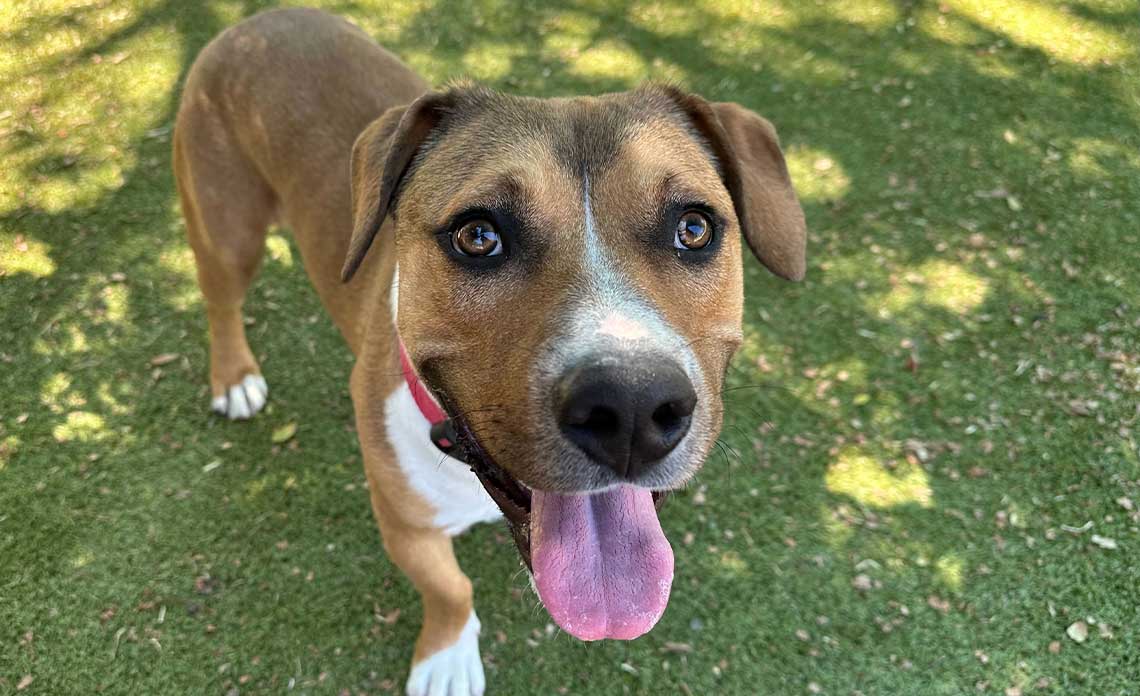While adopting a dog can be an incredibly rewarding experience, it’s important to recognize that some dogs may exhibit symptoms of separation anxiety. These symptoms can manifest in various ways, including barking, whining, shaking, urinating, defecating and destructive behavior.
Destructive behavior, often linked to separation anxiety, typically occurs at the points of exit in your home, such as doors, door jambs, windows, blinds and windowsills. Some dogs may display these behaviors when left alone, but it might not always be separation anxiety; it could simply be a lack of training. If you notice your canine companion displaying any of these symptoms, addressing the issue sooner rather than later is crucial.
According to renowned animal behavior expert Patricia B. McConnell, Ph.D., separation anxiety can stem from various factors, including over-attachment, frustration intolerance, and a genuine phobia of being alone (source: “I’ll Be Home Soon! How to Treat Separation Anxiety,” 2000).
For dogs that cannot be crated due to howling, whining, barking, or digging, they may be experiencing crate anxiety. To learn more about managing these behaviors, consult our crate training article.
When it comes to dogs with a penchant for chewing up your belongings, providing them with plenty of appropriate toys in a central location, such as a toy box, is essential. Whenever you catch your dog chewing on something they shouldn’t, consider trading it for a toy of a similar texture (e.g., swap plastic items for a plastic toy, wood items for a hard chew toy, or couch cushions for a soft toy). Consistently applying this technique can lead your dog to seek out their toy box when the urge to chew strikes. Avoid scolding your dog for inappropriate chewing, as it is more likely to make them wait until you’re not around to indulge in this behavior, rather than achieving the intended goal of curbing destructive chewing.
Our potty training article offers valuable training tips if your dog struggles with accidents inside the house. Similar to inappropriate chewing, scolding your dog for accidents may backfire, causing them to hide when they need to relieve themselves. This can hinder the process of teaching your dog to potty outside.
Recognizing the symptoms of separation anxiety and related behaviors in your recently adopted shelter dog is the first step toward helping them adjust to their new home. By addressing these issues with patience, appropriate training techniques, and a compassionate approach, you can create a loving and harmonious environment for both you and your four-legged companion. Remember, early intervention and positive reinforcement are key to fostering a well-behaved and happy canine companion.
Stay up to date
Follow us on Facebook, Instagram and Twitter for the latest news.





